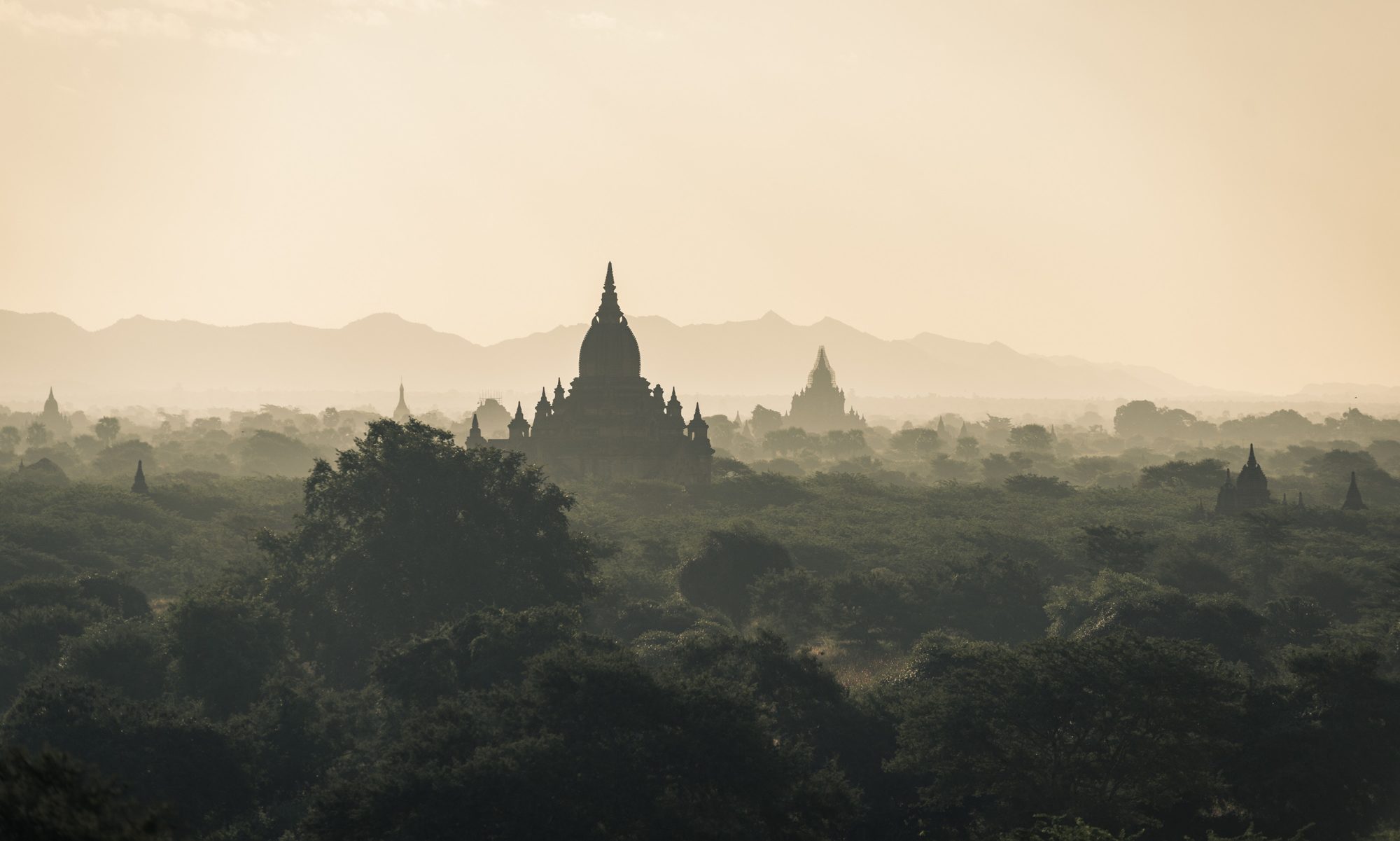It is such a pleasure to see the sense of pride with which Myanmar folk wear their traditional attire. Even as the country takes rapid strides towards modernization, there seems to be no desire to adopt western clothes, till now. The lungyi is worn by both men and women though the styles and the top shirts are different. What strikes outsiders at first glance is that it seems to denote a classless society, at least in their daily informal clothes, since everyone, from the top executives to the service staff, wears similar checkered lungyis in dark shades with collared shirts. Women wear blouses with lungyis that are plain, printed or embroidered. For the outsider, the tourist and the expatriate, it is difficult to differentiate between different styles worn by the 135 ethnic groups from the various states and division of Myanmar.
The origin of the Lungyi
The Lungyi is believed to have come with Indian migrants into the country. A Lungyi is the lower garment worn in Myanmar, and is actually a long piece of cloth wrapped around at the waist, and knotted up or folded in, to keep it in place. It is similar to a full length skirt, and forms a pleat in front since it is around two meters long. The lungyi was worn by the Indians who came to Myanmar in the 19th century, though their style was similar to the sarong. Over the next two centuries, thanks perhaps to British rule and its influence on every aspect of life, the Indians especially the men, adopted western attire and took to wearing trousers and shirts, and formal suits. But Myanmar folk have continued to wear their lungyis with aplomb.
Pasoe-Lungyis for men
The lungyis worn by men are slightly different from what women wear. Called the Pasoe, the two meters of cloth stitched at the ends, falls till the ankle, and is tied in a knot in front to hold it in place, with a shirt tucked in. It is a little unnerving to see men undo and re-tie the knot of the lungyi every now and then, in public, but then we get used to it. There is some difference in the style of lungyis worn by the numerous ethnic groups, and often in the designs. The shirt is also sometimes substituted for trendy western style t-shirts, but the bottom garment is still the ubiquitous lungyi. On formal occasions, a Chinese collared white shirt is worn with silk lungyis is more subdued shades. A Manchu Chinese jacket is worn on top.
It is interesting to notice men’s wallets tucked at the back in the lungyi band, and seemingly safe there. During the rainy season, an umbrella is added, and they continue moving about without either of these proving to be obstructive.
Footwear always is the plain black velvet slippers across classes of people. They are considered part of formal attire as well.
Htamein –Lungyis for women
The Htamein or lungyis worn by Myanmar women, are among the most graceful dresses I have seen. From plain hues to ornate and embroidered ones, they drape closely around the waist and fall till the ankles, with generally a single pleat falling on the side where it is tucked. Modern variations include the zipped lungyi, which is more secure and not needing to be adjusted time and again. Short blouses are worn on top and are cover a bit of the lungyi at the waist.
Cottons and georgettes are commonly used fabric, with formal wear being made out of silk, silk, net and lace. High heeled footwear, stone studded jewelry and flowers, make the Myanmar ladies look ethereally beautiful.
